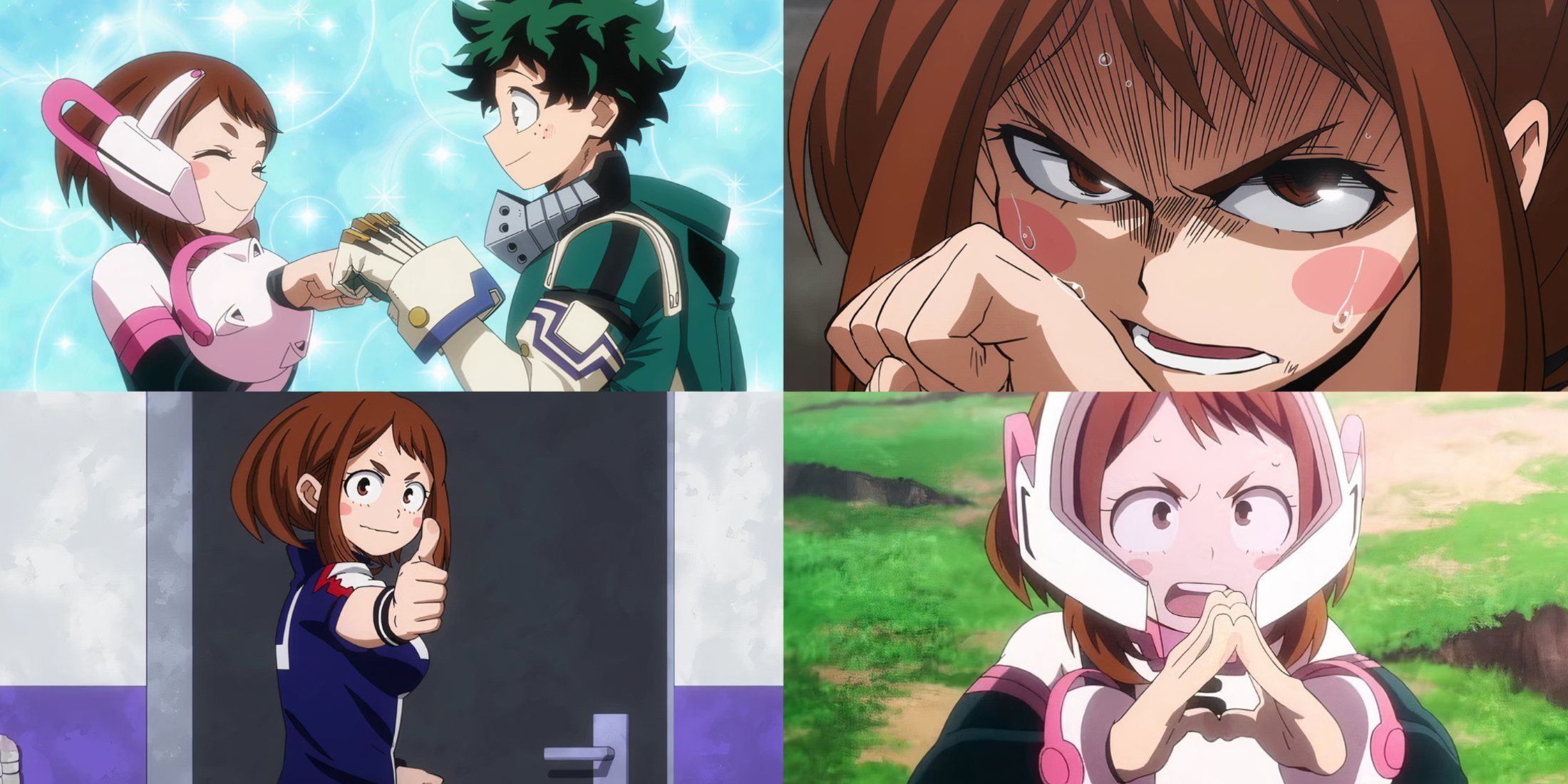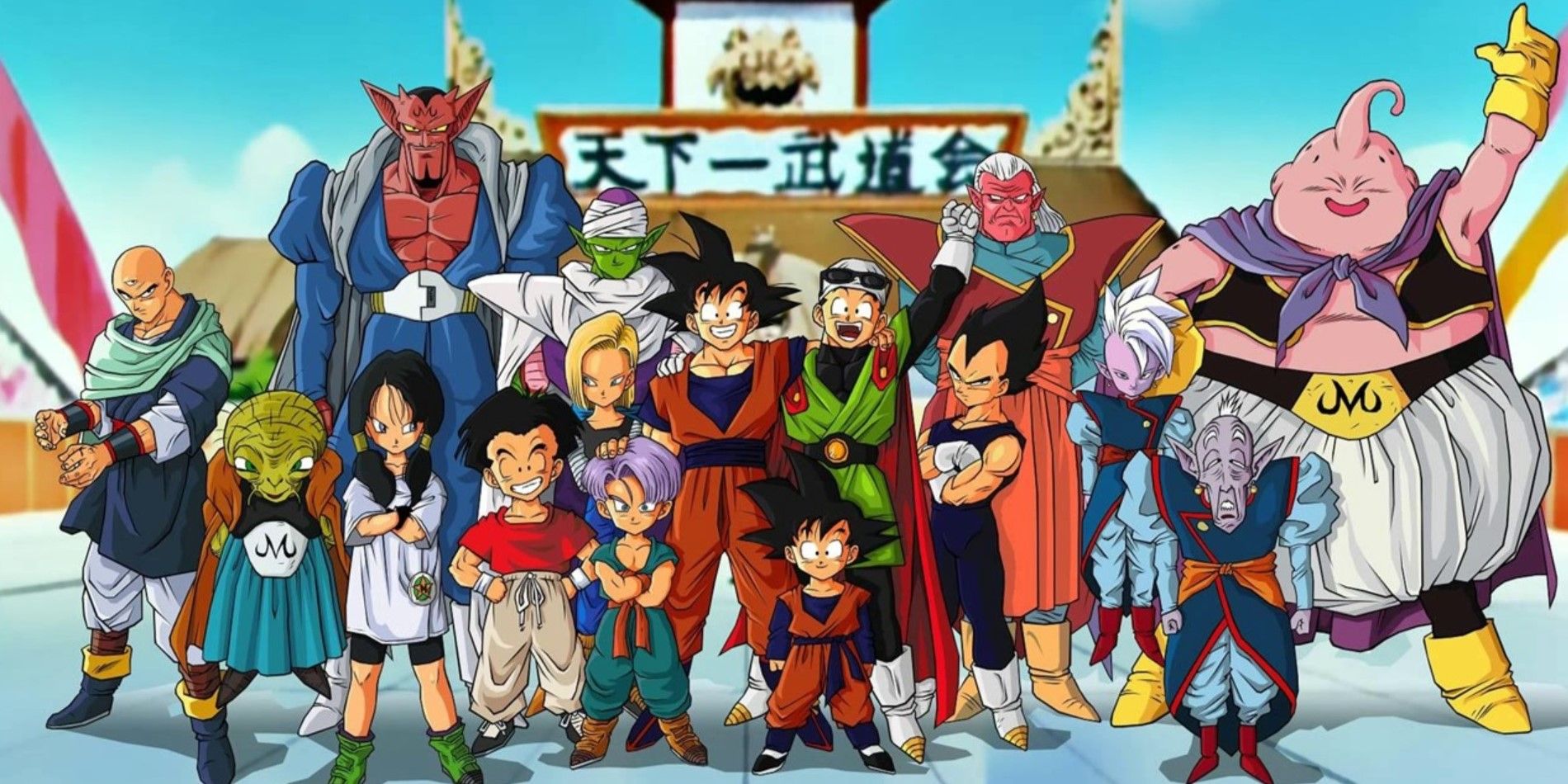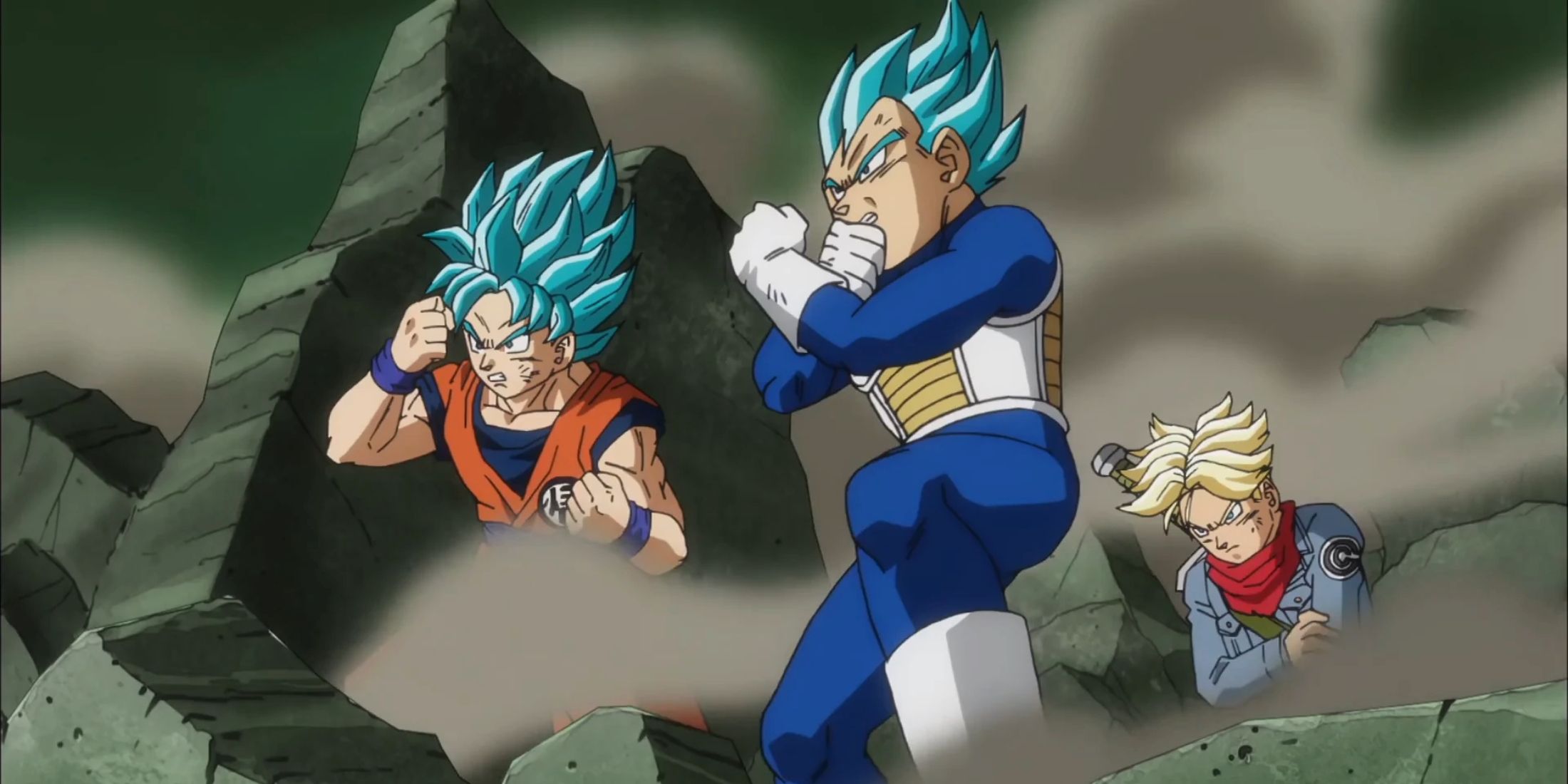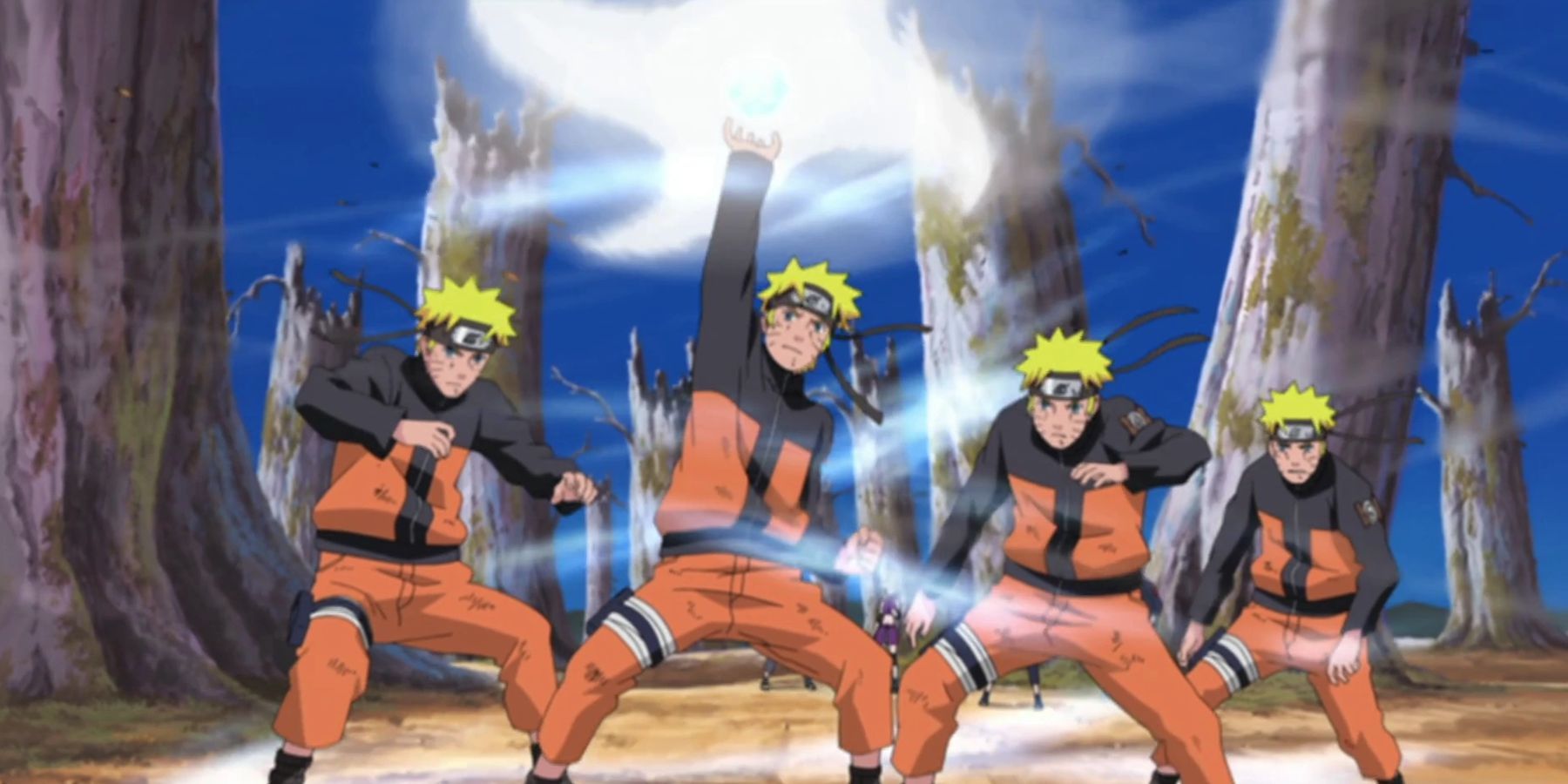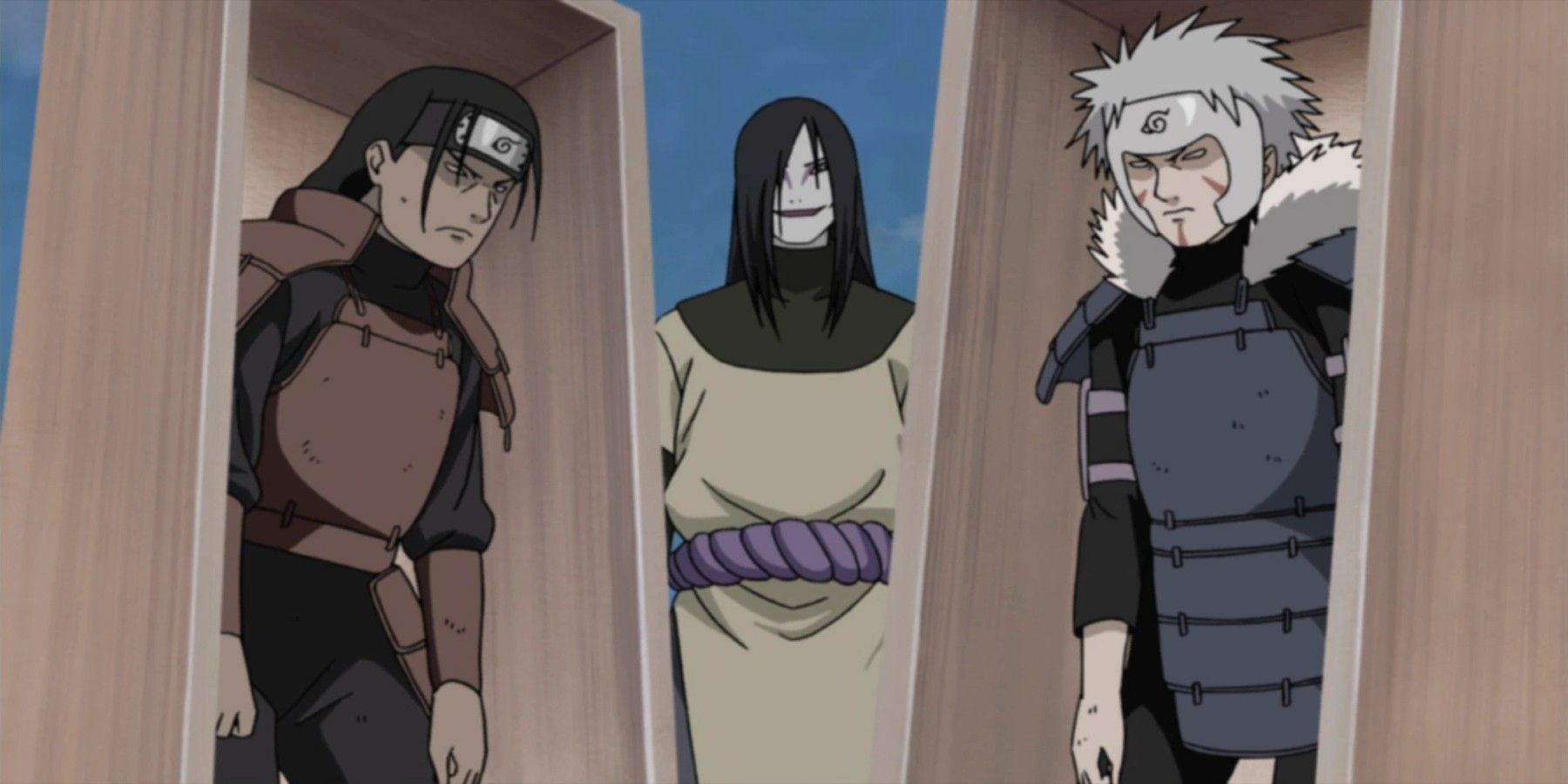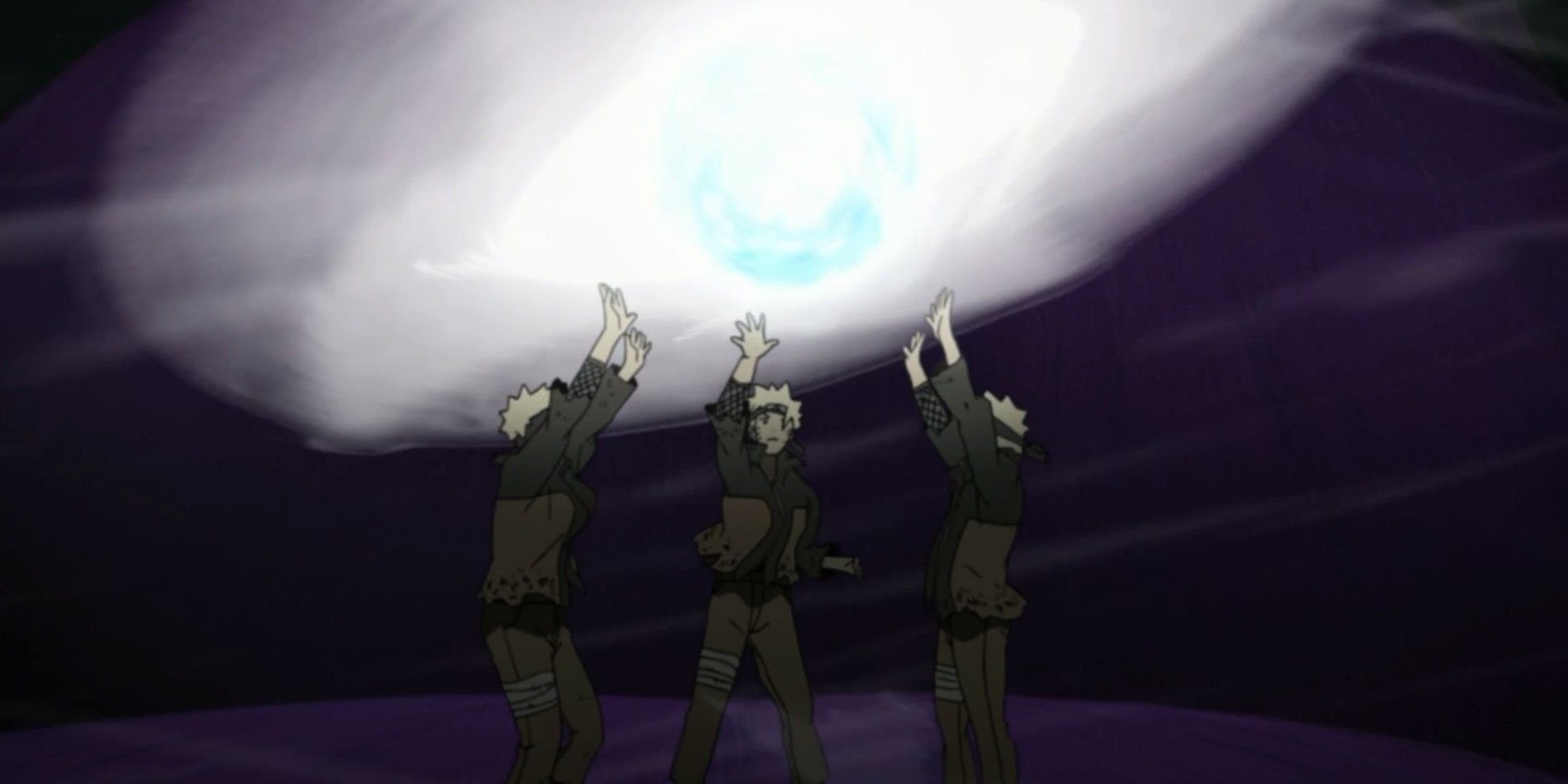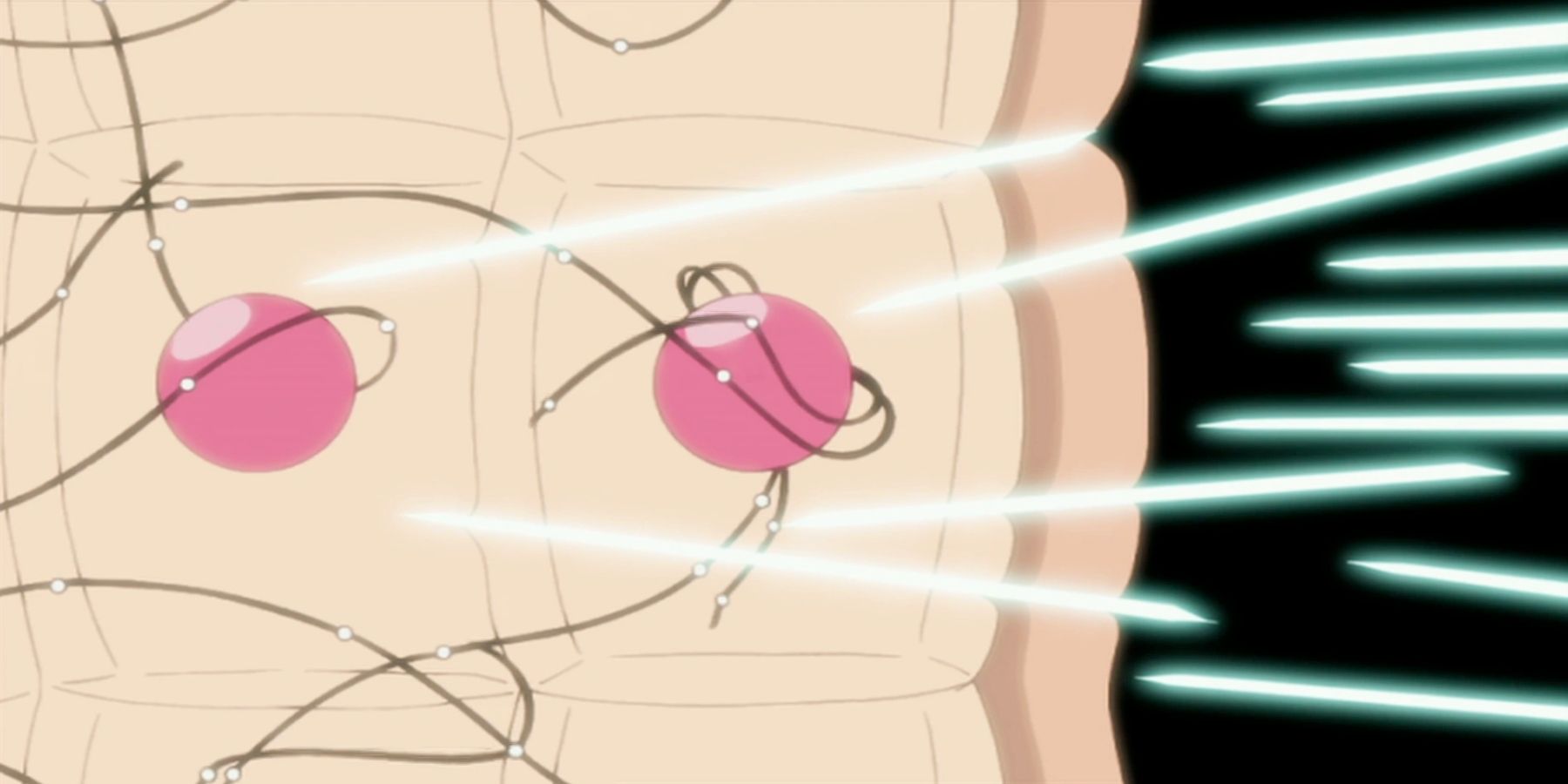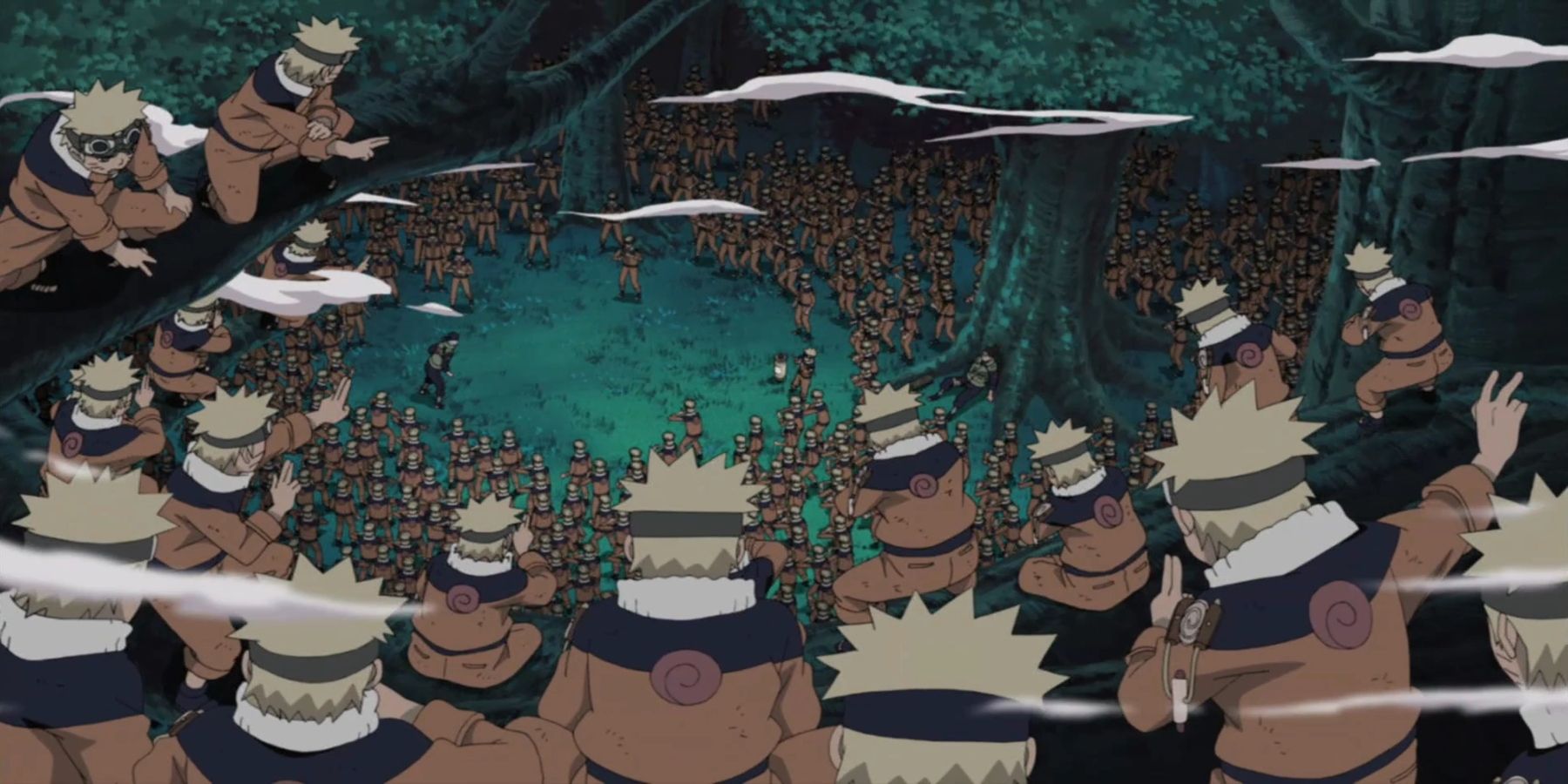Highlights
- The Rasenshuriken, despite its frequent usage by Naruto, is classified as a forbidden technique due to the threat it poses, including self-harm and destructive capabilities.
- Forbidden techniques are categorized based on factors such as self-harm, immorality, violation of natural laws, and potential for widespread destruction.
- Although Naruto uses forbidden techniques like the Rasenshuriken, there are no strict rules or penalties for their usage, and he has found ways to mitigate the harm they cause.
The Naruto series has its fair share of inexplicable abilities and overpowered techniques, yet only a few in particular have been deemed forbidden. The shinobi world has strict criteria set in place to categorize jutsu as forbidden techniques, yet it's odd to witness a few fairly common jutsu to be classified as forbidden. Naruto's signature Rasenshuriken is one such technique that bears the mark of being a Kinjutsu (a term used for forbidden techniques).
Despite Naruto's fervent use of the Rasenshuriken, the Hidden Leaf Village has still classified it as Kinjutsu. This classification is rather odd since Naruto regularly uses this technique in battle, almost overtaking the Rasengan's spot in his arsenal. However, a more detailed look into the Rasenshuriken's intricate workings reveals the threat it accompanies, making it an entirely logical decision to deem it a Kinjutsu.
How Are Techniques Classified as Forbidden?
Before delving into the intricacies of the Rasenshuriken's lethal workings, it's essential to determine exactly how techniques are deemed forbidden. For starters, the element of self-harm is one of the primary factors that can lead to a technique to be categorized as Kinjutsu. Guy Sensei's Eight Inner Gates are forbidden primarily for this reason, since the final gate can result in irreversible damage to the caster, eventually leading to death. Jutsu requiring self-sacrifice also come under this category, such as the Uzumaki Clan's Reaper Death Seal.
Techniques that are outright immoral and violate the laws of nature are also barred from being used or taught. Orochimaru's Edo Tensei was banned for this very reason, as it toyed with the souls of the deceased and desecrated the dead. Techniques that are capable of widespread destruction are also barred from being used, since the aftermath would indiscriminately kill both friend and foe.
The Rasenshuriken's Complex Workings
Being the complete form of the Rasengan, the Rasenshuriken employs the same principles but at a much larger scale. Initially, the Rasenshuriken could only be formed with the help of Naruto's clones, as one clone would contain the chakra while the second would add Wind Release to the ball of spinning chakra. True to its namesake, the Rasenshuriken forms four sharp edges around the original base, resembling the shape of a Fuma shuriken. However, the four blades aren't just for show as they are extremely sharp and capable of cutting through solid rock.
Once the Rasenshuriken collides with its target, the ball of chakra in the center bursts, forming a vortex of wind that is imbued with hundreds of microscopic wind blades. These wind blades are so sharp that they can pierce through a person's cells, even going as far as disrupting the victim's chakra network. The damage from the burst of wind blades can be so severe that a head-on collision can result in the victim permanently losing their ability to perform jutsu.
Why Is Rasenshuriken a Forbidden Technique?
The risk that the Rasenshuriken poses for the caster and the victim checks all the boxes for it to be deemed a forbidden jutsu. Since Naruto was initially unable to maintain the Rasenshuriken's form after throwing it, he was forced to use it as a melee technique. This resulted in cellular damage to his own arm, albeit minimal and reversible. However, consistent usage would have eventually led to permanent damage, making it a risky technique. Due to the element of self-harm for the caster, Lady Tsunade deemed the Rasenshuriken a Kinjutsu.
While Naruto was able to find a few workarounds to this drawback by imbuing Sage Mode chakra into the ability, a few other factors still deem it a threat. The Rasenshuriken's destructive nature is another deadly aspect of this ability, since anyone caught in its wake would be left severely incapacitated and unable to mold chakra. This poses a risk for allies to be caught in the ability's radius, especially since Naruto uses the Rasenshuriken as a projectile technique. It can also be argued that the technique is rather immoral as it renders the victim entirely devoid of Ninjutsu.
Naruto’s Usage of Forbidden Techniques
It only makes sense for techniques deemed forbidden to be barred from usage, yet Naruto can be witnessed using the Rasenshuriken time and again in Shippuden. Other forbidden techniques have also been used rather nonchalantly throughout the series, with the Multi-Shadow Clone Jutsu being another contender. This begs the question as to why these forbidden jutsu are used so frequently, despite their taboo nature.
It seems that there are no exact rules that dictate whether a forbidden jutsu is barred from usage or not. A lack of punishment or penalties for those using forbidden techniques also points towards a more apathetic approach to the whole matter. Nevertheless, Naruto has found workarounds for his forbidden techniques, keeping himself and others safe from the harm they pose.
Naruto is now available to stream on Crunchyroll.

